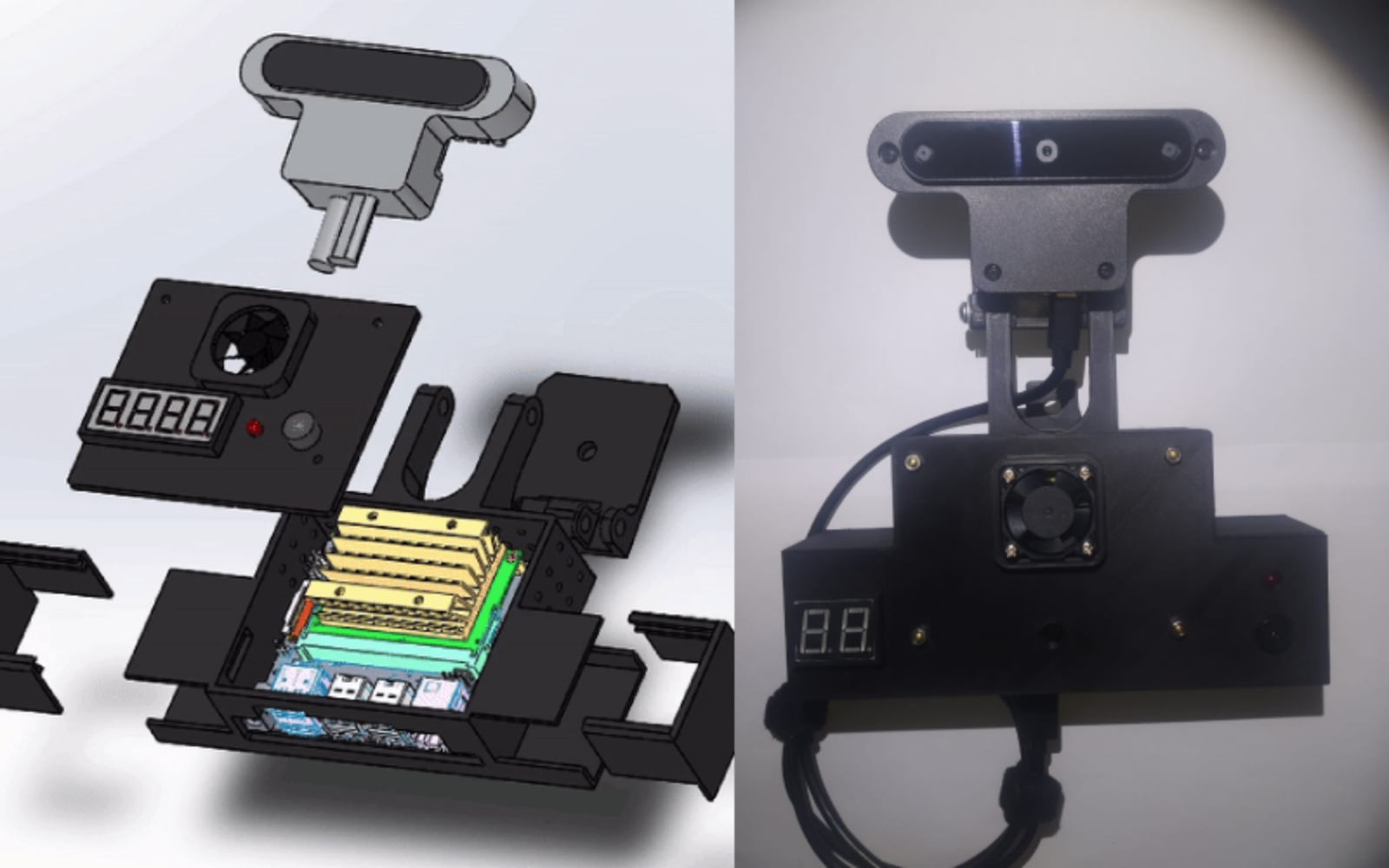
SIMBig 2022, Lima, Peru
Abstract: Airborne diseases are easy to spread in the population. The advent of COVID-19 showed us that we are not prepared to control this type of disease. The pandemic has drastically posed challenges to the daily functioning of public and private establishments. In general, while there have been several approaches to reduce the potential risk of spreading the virus, many of them rely on the commitment that people make, which - unfortunately - cannot be constant, e.g., wearing a facemask in closed environment at all times or social distancing. In this work, we propose a computer-vision system to determine the risk of airborne disease spread in closed environments. We modify and implement the Wells-Riley epidemiological equation. We also evaluate the Openvino Models Zoo for people detection with mAP, precision, recall and F1-Score. For mask detection, we applied transfer learning and obtained the best performance for a model based on MobileNetV2. The generated data from several devices is visible in a web platform to monitor multiple areas and locations. Finally, an OAK-D camera and a Jetson device are embedded in a end device meant to monitor a closed environment and send spread risk data continually to the web platform. The results obtained are promising and suggest that such a system is beneficial to control, measure and prevent airborne contagion.
Paper and Supplementary Material
Latest version published on Nov. 16, 2022. Conference proceedings link
BibTeX
author = { Wilber Rojas and Edwin Salcedo and Guillermo Sahonero },
title = { ADRAS: Airborne Disease Risk Assessment System for Closed Environments },
journal = { SIMBig 2022 },
year = { 2022 }
doi = { 10.1007/978-3-031-35445-8_8 }
url = { https://doi.org/10.1007/978-3-031-35445-8_8 }
}


